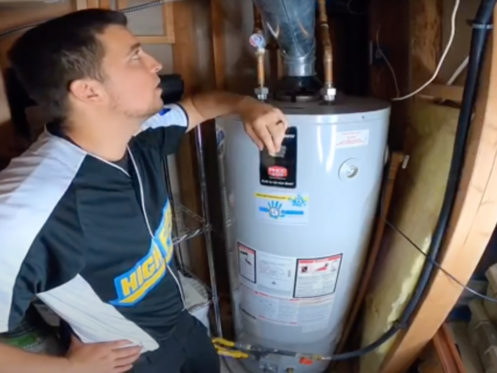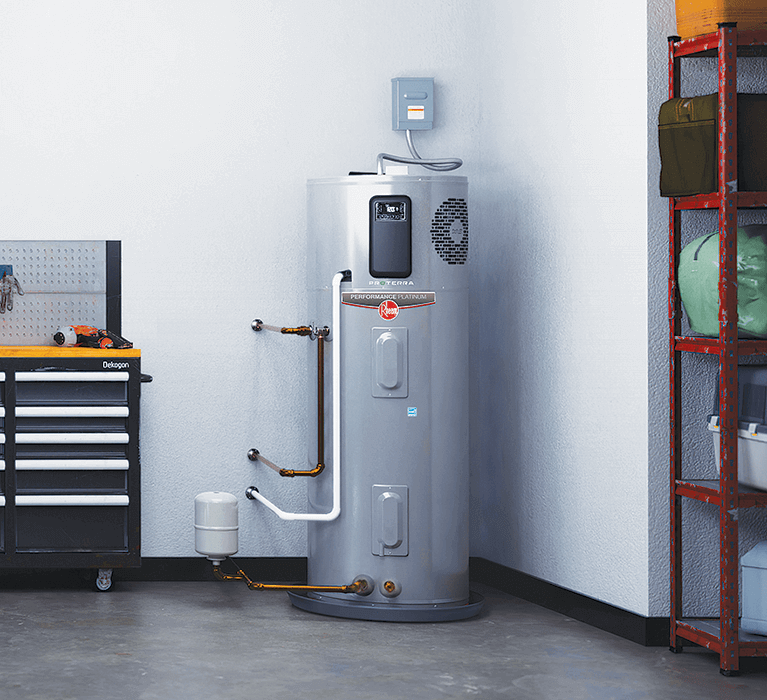Steps to Successfully Care for Your Home's Hot Water System
Steps to Successfully Care for Your Home's Hot Water System
Blog Article
On this page underneath you will find a lot of amazing tips on the subject of How to Maintain Your Water Heater & Prolong its Life.

Warm water is necessary for day-to-day convenience, whether it's for a refreshing shower or cleaning meals. To ensure your warm water system runs successfully and lasts much longer, normal upkeep is essential. This write-up supplies practical suggestions and insights on just how to preserve your home's hot water system to avoid disruptions and pricey repairs.
Introduction
Maintaining your home's hot water system may appear complicated, however with a few straightforward steps, you can guarantee it runs smoothly for years ahead. This guide covers everything from understanding your warm water system to DIY upkeep suggestions and recognizing when to hire specialist assistance.
Importance of Preserving Your Warm Water System
Routine upkeep not only prolongs the lifespan of your hot water system yet likewise guarantees it operates effectively. Disregarding maintenance can bring about decreased effectiveness, greater energy expenses, and also premature failure of the system.
Indications Your Warm Water System Needs Maintenance
Recognizing when your hot water system requires attention can stop significant issues. Watch out for indicators such as irregular water temperature, strange noises from the heating system, or corroded water.
Understanding Your Hot Water System
Before diving right into upkeep jobs, it's helpful to understand the fundamental elements of your warm water system. Commonly, this includes the water heater itself, pipes, anode rods, and temperature controls.
Regular Monthly Upkeep Tasks
Normal month-to-month checks can aid capture small concerns prior to they escalate.
Flushing the Water Heater
Flushing your water heater removes debris buildup, improving efficiency and prolonging its life.
Checking and Replacing Anode Rods
Anode rods avoid corrosion inside the tank. Examining and replacing them when worn out is essential.
Examining and Changing Temperature Setups
Changing the temperature settings guarantees ideal performance and safety.
DIY Tips for Maintenance
You can perform several maintenance jobs on your own to keep your warm water system in leading problem.
Looking for Leakages
Consistently evaluate pipelines and links for leaks, as these can result in water damage and greater costs.
Examining Stress Relief Valves
Evaluating the pressure safety valve guarantees it works properly and avoids excessive pressure build-up.
Protecting Pipes
Insulating warm water pipelines minimizes warm loss and can save power.
When to Call an Expert
While DIY upkeep is valuable, some concerns need professional expertise.
Facility Problems Requiring Specialist Assistance
Examples consist of major leaks, electrical problems, or if your hot water heater is constantly underperforming.
Routine Specialist Maintenance Conveniences
Expert upkeep can include comprehensive inspections, tune-ups, and making sure compliance with safety and security requirements.
Conclusion
Routine maintenance of your home's warm water system is important for performance, durability, and price savings. By adhering to these ideas and knowing when to look for professional assistance, you can ensure a trustworthy supply of hot water without unanticipated disruptions.
How to Maintain an Instant Hot Water Heater
Before tinkering with your hot water heater, make sure that it’s not powered on. You also have to turn off the main circuit breaker and shut off the main gas line to prevent accidents. Also turn off the water valves connected to your unit to prevent water from flowing into and out of the appliance. 2. When you’re done, you have to detach the purge valves’ caps. These look like the letter “T†and are situated on either side of the water valves. Doing so will release any pressure that has accumulated inside the valves while at the same time avoid hot water from shooting out and burning your skin. 3. When the purge valves’ caps are removed, you have to connect your hosing lines to the valves. Your unit should have come with three hoses but if it didn’t, you can purchase these things from any hardware or home repair shops. You can also get them from retail stores that sell water heating systems. Read the user’s manual and follow it to complete this task properly. When the hosing lines are connected, open the purge port’s valves. 4. You should never use harsh chemical cleaners or solutions when cleaning your unit. Make use of white vinegar instead. It should be undiluted and you’ll probably use about 2 gallons. 5. Now flush your water heater. This task should probably take about 40 minutes. We can’t give you specific directions for this because the procedure is carried out depending on the type, model and brand of your heater. With that being said, refer to the user’s manual. 6. When you’re done draining the unit, you have to turn off the purge port valves again. Remove the hosing lines that you earlier installed on each of the water valves. Put the valve caps (purge port) back in their respective places and be very careful so as not to damage the rubber discs that are found inside these caps. 7. Now that everything’s back in place, check your user’s manual again to find out how to reactivate your water heating system. 8. Once it is working, turn one of your hot water faucets on just to let air pass through the heater’s water supply pipes. Leave the tap on until water flows smoothly out of it. https://www.orrplumbing.com/blog/2014/september/how-to-maintain-an-instant-hot-water-heater/

I was made aware of that article on Water Heater Maintenance Tips You Can't Afford to Forget from a friend on a different web page. Don't hesitate to take a moment to share this blog if you appreciated it. Thank-you for your time invested reading it.
Click Report this page